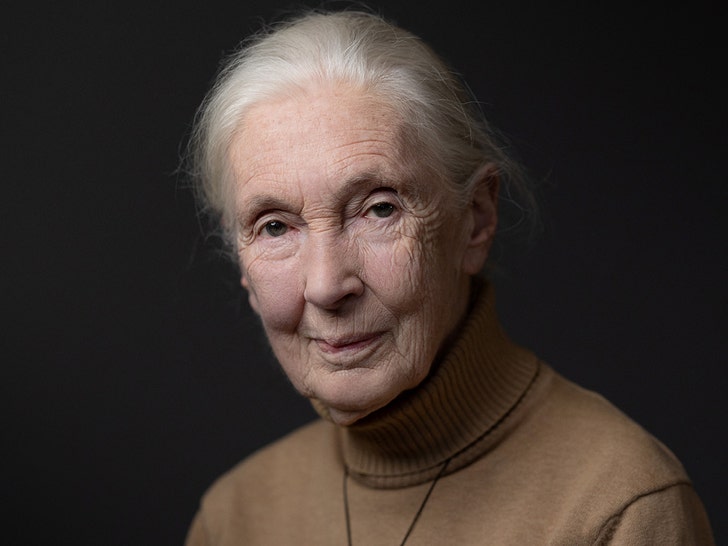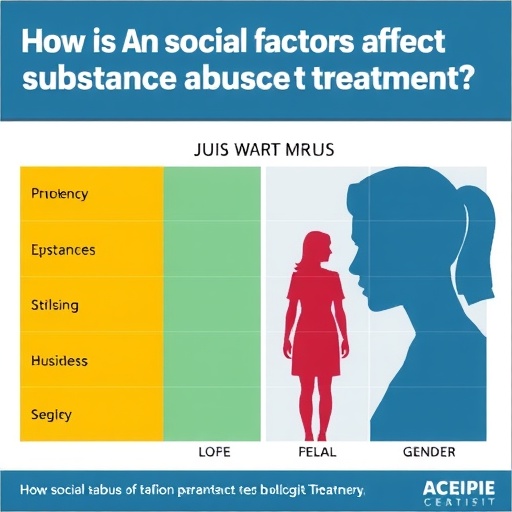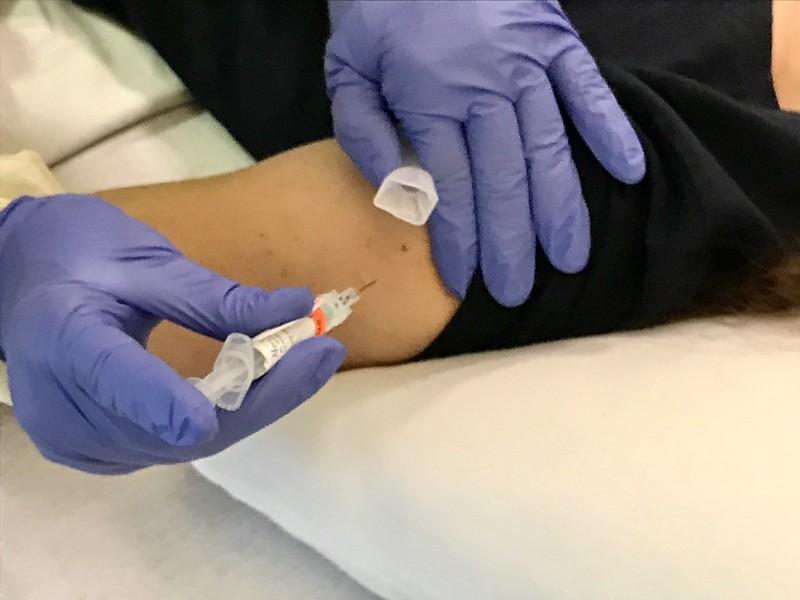Report on the Passing and Sustainable Development Legacy of Dr. Jane Goodall
Executive Summary
Dr. Jane Goodall, the world-renowned primatologist and environmental advocate, passed away on October 1, 2025, at the age of 91. The official cause of death has been recorded as cardiopulmonary arrest. Dr. Goodall’s life and work represent a profound contribution to science, conservation, and the principles enshrined in the United Nations Sustainable Development Goals (SDGs). Her legacy is inextricably linked to advancing global efforts in environmental protection, education, and gender equality.
A Lifetime Dedicated to the Sustainable Development Goals
Dr. Goodall’s career, which began in 1957, evolved from pioneering primatology research into a global campaign for a sustainable future. Her work directly supported and embodied the spirit of numerous SDGs.
- SDG 15: Life on Land: At the core of her life’s work, Dr. Goodall was a champion for protecting, restoring, and promoting the sustainable use of terrestrial ecosystems. Her research on chimpanzees in Gombe Stream National Park highlighted the critical need to halt biodiversity loss and protect threatened species.
- SDG 4: Quality Education: Through the Jane Goodall Institute and its global “Roots & Shoots” youth program, she empowered millions of young people to become compassionate leaders and take action on environmental and humanitarian issues in their communities, providing inclusive and equitable quality education for sustainable development.
- SDG 5: Gender Equality: As one of the first female experts to gain prominence in primatology, Dr. Goodall broke significant barriers in a male-dominated scientific field, serving as an inspiration for generations of women and girls in science, technology, engineering, and mathematics (STEM).
- SDG 13: Climate Action: In her later years, Dr. Goodall was a vocal advocate for urgent action to combat climate change, emphasizing the interconnectedness of deforestation, poverty, and global warming, and urging global partnerships to address the climate crisis.
- SDG 17: Partnerships for the Goals: Her role as a UN Messenger of Peace and her collaborations with governments, NGOs, and local communities worldwide exemplify the importance of global partnerships to achieve sustainable development.
Pioneering Contributions to Science and Conservation
Dr. Goodall’s initial research fundamentally altered the scientific understanding of primates and the definition of humanity itself. Her key discoveries laid the groundwork for modern conservation biology.
- Challenging Scientific Perceptions: Her observation of chimpanzees using and making tools was a groundbreaking discovery that challenged the long-held belief that tool-making was a uniquely human trait.
- Field Research Methodology: She pioneered long-term, immersive field research, which has since become a standard for studying wildlife in its natural habitat.
- Foundation of Conservation Efforts: This research formed the basis of a global conservation movement, leading to the establishment of community-centered conservation programs that support both wildlife and local human populations, directly contributing to SDG 15.
Official Cause of Death
According to the official death certificate, Dr. Goodall’s death was due to cardiopulmonary arrest, a natural cause of death. The certificate also noted a pre-existing condition of epilepsy. She passed away in California during a speaking tour in the United States.
Conclusion: An Enduring Legacy of Hope and Action
Dr. Jane Goodall’s passing marks the end of an era, but her legacy endures through the institutions she founded and the global movement she inspired. Her life was a testament to the power of an individual to effect positive change and advance the global agenda for a more sustainable and peaceful world. Her work will continue to influence progress toward the Sustainable Development Goals for decades to come.
Analysis of the Article in Relation to Sustainable Development Goals
-
Which SDGs are addressed or connected to the issues highlighted in the article?
The article, while primarily an obituary, touches upon issues related to the following Sustainable Development Goals (SDGs):
- SDG 3: Good Health and Well-being: The article’s main focus is on Dr. Jane Goodall’s cause of death, which is a health-related issue. It specifies “cardiopulmonary arrest” and mentions a pre-existing condition, “epilepsy,” directly connecting to the themes of health, disease, and mortality.
- SDG 15: Life on Land: The article identifies Jane Goodall as a “world-renowned primatologist and chimpanzee expert” and notes her famous observation of “chimpanzees using tools.” This directly links her life’s work, the context for the obituary, to the protection of terrestrial ecosystems and biodiversity.
- SDG 5: Gender Equality: The article highlights that “Jane was one of the world’s first female experts on primates.” This statement points to her role as a pioneer for women in science, which is relevant to the goal of achieving gender equality and empowering women and girls.
-
What specific targets under those SDGs can be identified based on the article’s content?
Based on the article’s content, the following specific SDG targets can be identified:
- Target 3.4: “By 2030, reduce by one-third premature mortality from non-communicable diseases through prevention and treatment and promote mental health and well-being.” The article discusses mortality from “cardiopulmonary arrest” and mentions “epilepsy,” both of which are non-communicable diseases (NCDs). While her death at 91 was not premature, the cause of death falls directly under the category of health issues addressed by this target.
- Target 15.5: “Take urgent and significant action to reduce the degradation of natural habitats, halt the loss of biodiversity and, by 2020, protect and prevent the extinction of threatened species.” Dr. Goodall’s identity as a “chimpanzee expert” is central to the article. Her life’s work, which is the reason for her renown, was dedicated to the study and conservation of chimpanzees, a species facing threats, thus directly aligning with this target.
- Target 5.5: “Ensure women’s full and effective participation and equal opportunities for leadership at all levels of decision-making in political, economic and public life.” The article’s description of her as “one of the world’s first female experts on primates” exemplifies the achievement of this target, showcasing a woman who attained a position of global leadership and influence in the scientific community.
-
Are there any indicators mentioned or implied in the article that can be used to measure progress towards the identified targets?
The article implies information that relates to specific SDG indicators:
- Indicator 3.4.1: “Mortality rate attributed to cardiovascular disease, cancer, diabetes or chronic respiratory disease.” The article explicitly states the cause of death from the death certificate as “cardiopulmonary arrest,” which is a cardiovascular event. This information is a direct data point used in calculating this indicator.
- Indicator 15.5.1: “Red List Index.” While not explicitly mentioned, the reference to Dr. Goodall’s work with “chimpanzees” implies a focus on a species whose conservation status is tracked by the IUCN Red List. Her work contributes to the knowledge base that informs this index, which measures the changing risk of extinction for major species groups.
- Indicator 5.5.2: “Proportion of women in managerial positions.” The article does not provide quantitative data, but it offers a qualitative example. By describing her as “one of the world’s first female experts,” it highlights a case of female leadership in a highly specialized field, which is the spirit of what this indicator aims to measure.
-
Create a table with three columns titled ‘SDGs, Targets and Indicators” to present the findings from analyzing the article. In this table, list the Sustainable Development Goals (SDGs), their corresponding targets, and the specific indicators identified in the article.
SDGs Targets Indicators SDG 3: Good Health and Well-being Target 3.4: Reduce premature mortality from non-communicable diseases. Indicator 3.4.1: The article provides a specific cause of death (“cardiopulmonary arrest”), which is a data point for the mortality rate attributed to cardiovascular disease. SDG 15: Life on Land Target 15.5: Halt the loss of biodiversity and protect threatened species. Indicator 15.5.1 (Implied): The focus on her work as a “chimpanzee expert” relates to the conservation status of species, which is measured by the Red List Index. SDG 5: Gender Equality Target 5.5: Ensure women’s full and effective participation and equal opportunities for leadership. Indicator 5.5.2 (Implied): The description of her as “one of the world’s first female experts” serves as a qualitative example of women in leadership positions in science.
Source: tmz.com







